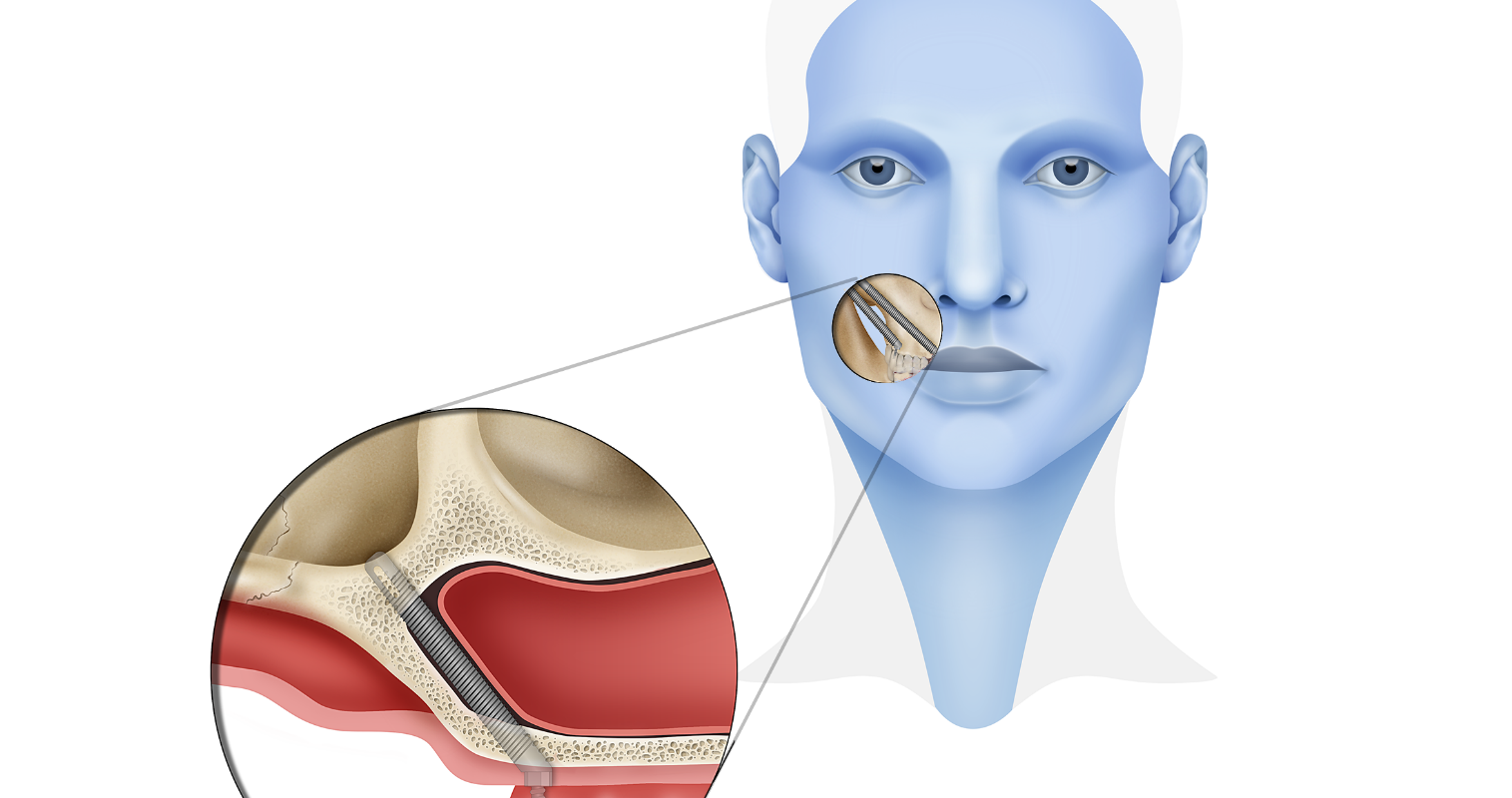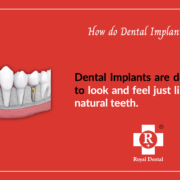Zygomatic implants are an excellent restorative option for patients with deficient or fractured zygomatic arches. The procedures may be complex, so dentists need to be confident and organized before, during and after their implementation in practice. It is important to note that the use of implants as a primary restorative measure is still relatively new in post-radiation dentistry.
To do that we have included a brief overview of anatomy, indications for use and common surgical techniques for placement of these implants. Keep reading for more information on how you can integrate these procedures into your dental practice.
What are Zygomatic Implants?
Zygomatic implants are a type of osseous augmentation device that can be used to restore the zygomatic arch (a bony structure that supports the lateral cheek). Both zygomatic implants and zygomatic augmentation devices are used to support or reconstruct the zygomatic arches (the bony part of the cheeks). They are often used to support a dental implant that has been placed in the area of the missing tooth. These implants made of a porous titanium material (e.g., titanium-oxide-coated porous polyethylene) that has been etched with hydrochloric acid. Zygoma implants are sometimes used in conjunction with a blood vessel to help integrate with the surrounding bone.
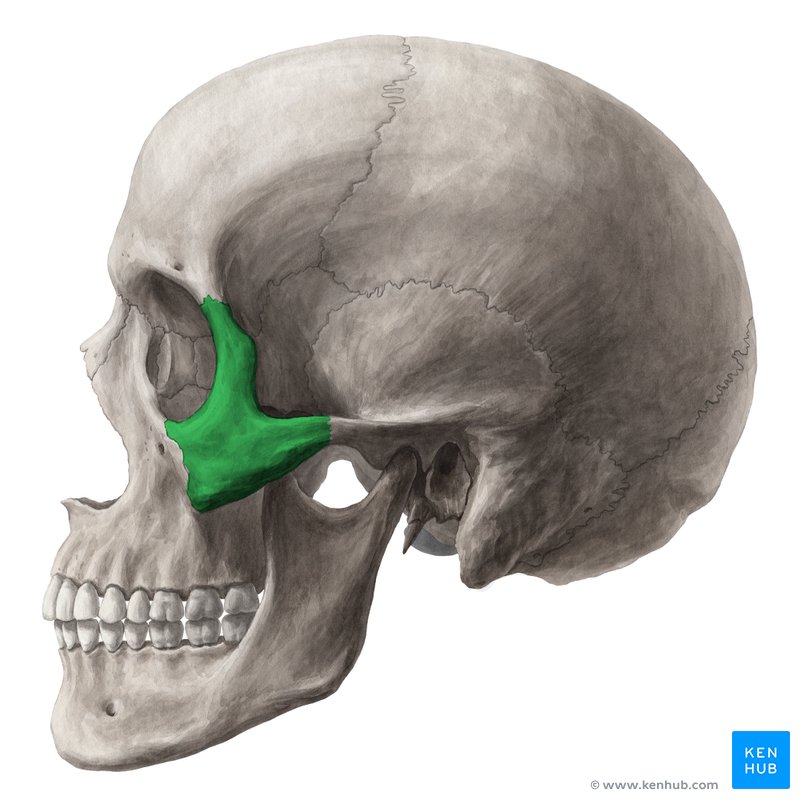
Radiation Therapy
Radiation therapy used to treat cancerous cells by killing the cells. The downside of radiation therapy is that it can also damage healthy cells, which could lead to other problems. For instance, the bone density in your jaw may decrease during radiation therapy, which may cause serious dental problems. If you have had radiation therapy and are looking for ways to restore your oral health. Then you should know that dental implants can be a great option for tooth replacement.
When to use Zygomatic Implants
Zygomatic implants used to support dental implants in the lateral region. Due to their placement in the area of the missing tooth important to ensure that the implants placed in a way that does not interfere with the patient’s normal chewing. Few key factors considered when deciding whether or not zygomatic implants.
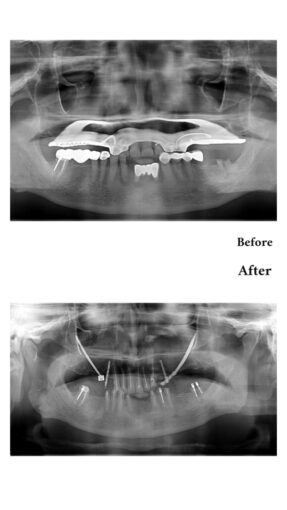
The first factor is the patient’s treatment history. Patients who have had treatment for lymphoma may benefit from the use of zygomatic implants as they may have weakened bone around the zygomatic arch. The second factor to consider is the patient’s zygomatic bone volume. The zygomatic bone volume determined on examination with a measuring device. A low volume of bone around the zygomatic arch may require a combination of zygomatic implants and bone stimulation. The third factor is the patient’s occlusal situation. If the patient’s occlusion is not ideal for dental implants it may be easier to place implants in the lateral region.
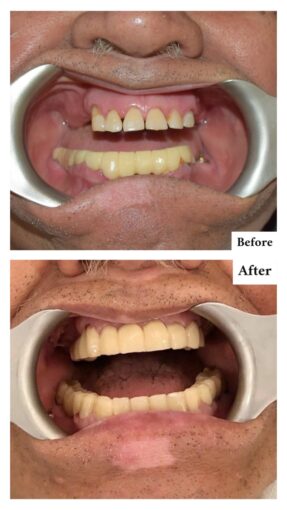
Surgical Technique for Zygomatic Implants
The surgical technique for zygomatic implants dependent on the implant system used. The surgeon may choose to make a small incision in the zygomatic area or a small incision in the patient’s mouth. The choice of incision site often dependent on the implant system used. It is important to note that the surgical technique will also vary on the marking system used. Regardless of which marking system used the surgeon should mark the implant positions before surgery and place the implants in the zygomatic area. The surgeon should place the implants far enough away from the zygomaticomaxillary joint to allow healing but close enough to the joint to avoid damage from mastication.
Dental Implants after Radiation Therapy
Radiation therapy may change the bone density in your jaw, which could lead to dental problems. For instance, radiation can cause tooth loss and damage your gums. Dental implants are a great way to replace missing teeth and prevent dental issues from occurring post-radiation treatment.
When you have dental implants, which are anchored into the bone of your jaw; it provides a strong foundation for artificial teeth. Dental implants typically last at least 20 years and don’t require any maintenance like dentures or bridges do.

Conclusion
Zygomatic implants are an excellent restorative option for patients with deficient or fractured zygomatic arches. The procedures may be complex, so dentists need to be confident and organized before, during and after their implementation in practice. It is important to note that the use of zygomatic implants as a primary restorative measure is still relatively new in post-radiation dentistry.
To do that we have included a brief overview of the anatomy, indications for use and common surgical techniques for placement of these implants. Keep reading for more information on how you can integrate these procedures into your dental practice.
Follow Us For More Updates
